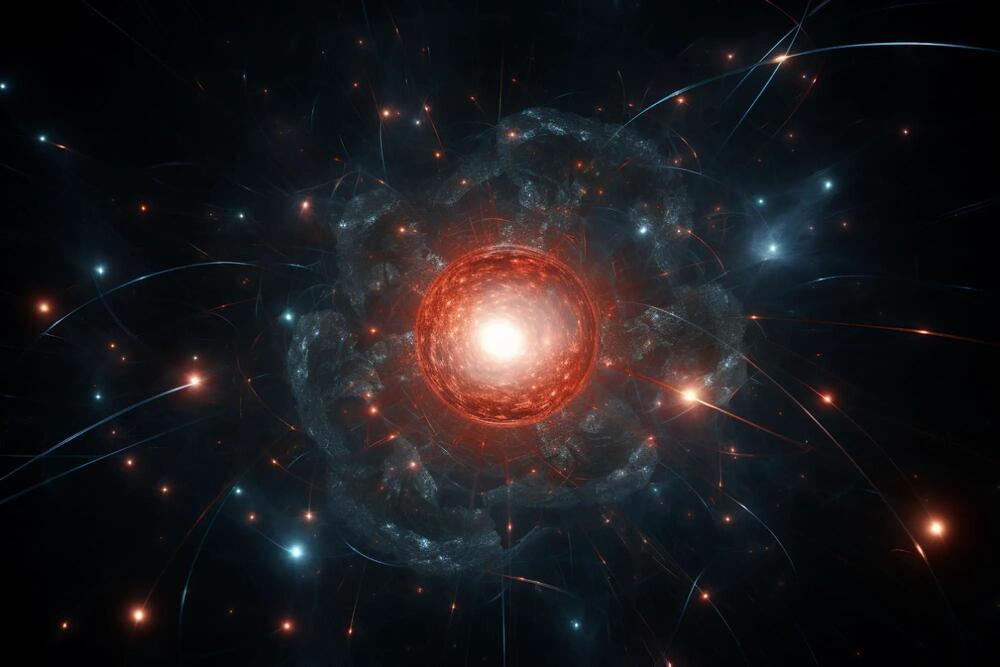The Dark SRF experiment at the Fermi National Accelerator Laboratory has achieved unprecedented sensitivity in the search for hypothetical dark photons. By innovatively employing superconducting radio frequency (SRF) cavities, researchers can now explore different potential mass ranges for these elusive particles, pushing the boundaries of our understanding of dark matter.
Scientists working on the Dark SRF experiment at the U.S. Department of Energy’s Fermi National Accelerator Laboratory have demonstrated unprecedented sensitivity in an experimental setup used to search for theorized particles called dark photons.
Researchers trapped ordinary, massless photons in devices called superconducting radio frequency cavities to look for the transition of those photons into their hypothesized dark sector counterparts. The experiment has put the world’s best constraint on the dark photon.
